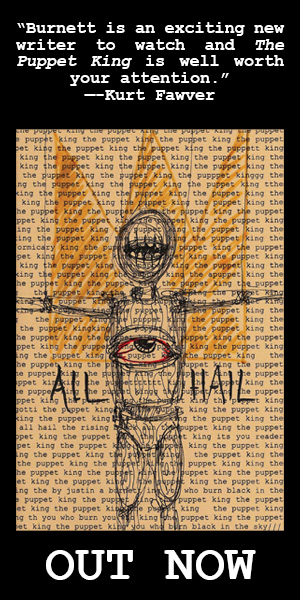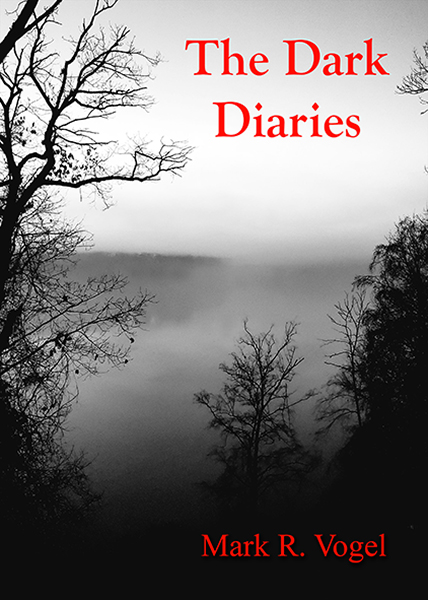The first recorded use of the word “zombie†was in 1819 in a history of Brazil by the poet Robert Southey. The word has African, Creole, and Haitian roots and was originally used to refer to being who had been reanimated through a voodoo ritual. Soon, the idea of a zombie was introduced into popular culture. They began to appear in books and stories as mindless thralls resurrected to serve evil masters. However, at the end of the twentieth century, a new version of the zombie began to emerge. This zombie was different from its predecessors as it didn’t root itself in Haitian folklore. And where did this zombie come from? From George A. Romero’s cult-classic film Night of the Living Dead. Even though the word zombie is not used within the film, fans quickly came to see the shuffling, reanimated, flesh-eating cannibals as the zombies we know and love today.
Gradually, zombies stopped being reanimated through magic and voodoo and started to become the result of scientific anomalies and unknown viruses. A very early example of this is Mary Shelley’s Frankenstein. This classic piece of literature became a jumping-off point for the idea of science creating a zombie instead of magic. Night of the Living Dead went on to become the first of six …of the Dead films: Night of the Living Dead, Dawn of the Dead, Day of the Dead, Land of the Dead, Diary of the Dead and Survival of the Dead. Each film continued to track the progression of the living dead in the United States and humanity’s desperate attempt to stop it.
From there, zombies became a staple of the horror genre. From virus outbreaks to infection via bite, the idea of a zombie apocalypse terrified viewers. In the 1980’s, zombies were overrunning popular culture. However, this meant that zombies became a little more familiar and little less scary. Even Michael Jackson jumped on board with the “Thriller†video full of dancing zombies. Soon, we thought zombies were more funny than scary and they began to disappear from horror. But then zombies came back.
In 2004, Shaun of the Dead and Dawn of the Dead were released and brought with them the fast zombie. Gone was the slow, rambling zombie. Replaced by sprinting monsters seeking brains, zombies became terrifying once again. After these films, comedies kept exploring this new zombie: Zombieland, released in 2009, featured high-speed zombies killing and being killed in increasingly violent ways.
Then, out of this increasingly violent and terrifying zombie landscape came The Walking Dead. Based on the comic book series of the same name, The Walking Dead instantly became a cultural phenomenon. The zombies in this show, referred to as “walkers†are shambling, brain-crazed zombies following the sound of their next meal. This show has become incredibly popular for its terrifying monsters, white-knuckle tension, and compelling storylines.
Now, zombie films are being released so frequently that they have become a separate sub-genre of horror films. In 2014 alone, there were fifty-five separate zombie movies made and released and The Walking Dead has the highest total viewership of any series in cable television history. To say the least, zombies (brain eating and all) have been welcomed into our culture as a staple as horror and entertainment that will still be terrifying us for decades to come.
Via: Chamger of Horrors NY.





